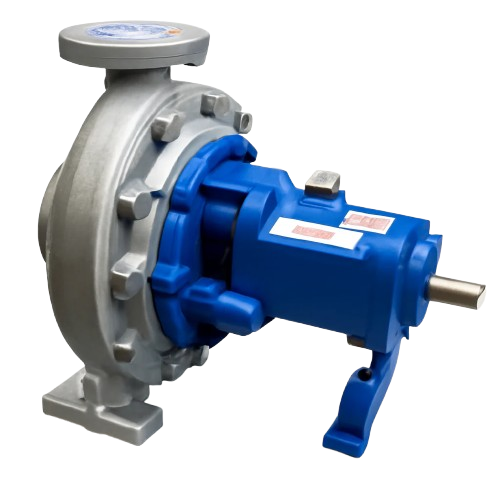
How to use Centrifugal Process Pumps in Industries
Share
Centrifugal process pumps are widely used in industries due to their efficiency in moving liquids, especially low-viscosity fluids. Here’s a clear guide on how to use centrifugal process pumps in industries:

✅ 1. Understand the Application
Before using a centrifugal pump, identify:
-
Fluid type (water, chemicals, oil, etc.)
-
Flow rate and head required
-
Operating temperature and pressure
-
Presence of solids or corrosive elements
✅ 2. Proper Installation
-
Base Mounting: Ensure the pump is mounted on a level, vibration-free base.
-
Alignment: Properly align the motor and pump shaft to prevent wear.
-
Piping: Use straight pipe at the suction side (5–10 times pipe diameter in length) to reduce turbulence.
✅ 3. Priming the Pump
Centrifugal pumps must be primed before operation (filled with liquid to remove air).
-
Use priming ports or foot valves to fill the pump and suction line.
-
Never run the pump dry—it causes damage.
✅ 4. Start-Up Procedure
-
Open suction valve fully
-
Close discharge valve partially
-
Start the motor
-
Slowly open the discharge valve after the pump reaches full speed
✅ 5. Monitor Operating Conditions
Regularly check:
-
Pressure and flow rate
-
Temperature
-
Vibration and noise
-
Seal and bearing condition
✅ 6. Maintenance Tips
-
Lubricate bearings as per schedule
-
Check seals for leaks
-
Clean impellers and remove debris
-
Inspect alignment and coupling condition
✅ 7. Shut Down Safely
-
Close the discharge valve gradually
-
Turn off the motor
-
Close the suction valve
-
Drain the pump if necessary (especially if not used for long periods)
🔧 Common Industrial Uses
-
Chemical processing
-
Water treatment plants
-
Oil and gas
-
Pharmaceuticals
-
Food and beverage
